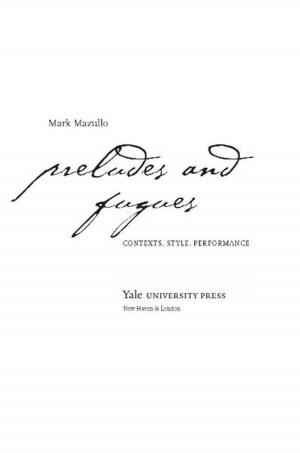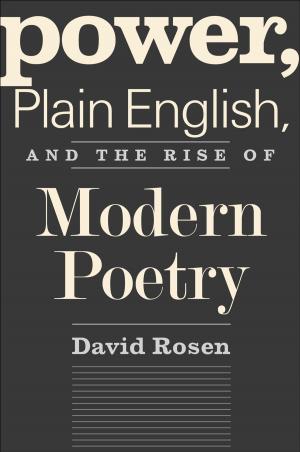| Author: | Michael H. Kater | ISBN: | 9780300245110 |
| Publisher: | Yale University Press | Publication: | May 21, 2019 |
| Imprint: | Yale University Press | Language: | English |
| Author: | Michael H. Kater |
| ISBN: | 9780300245110 |
| Publisher: | Yale University Press |
| Publication: | May 21, 2019 |
| Imprint: | Yale University Press |
| Language: | English |
A fresh and insightful history of how the German arts-and-letters scene was transformed under the Nazis
Culture was integral to the smooth running of the Third Reich. In the years preceding WWII, a wide variety of artistic forms were used to instill a Nazi ideology in the German people and to manipulate the public perception of Hitler’s enemies. During the war, the arts were closely tied to the propaganda machine that promoted the cause of Germany’s military campaigns.
Michael H. Kater’s engaging and deeply researched account of artistic culture within Nazi Germany considers how the German arts-and-letters scene was transformed when the Nazis came to power. With a broad purview that ranges widely across music, literature, film, theater, the press, and visual arts, Kater details the struggle between creative autonomy and political control as he looks at what became of German artists and their work both during and subsequent to Nazi rule.
A fresh and insightful history of how the German arts-and-letters scene was transformed under the Nazis
Culture was integral to the smooth running of the Third Reich. In the years preceding WWII, a wide variety of artistic forms were used to instill a Nazi ideology in the German people and to manipulate the public perception of Hitler’s enemies. During the war, the arts were closely tied to the propaganda machine that promoted the cause of Germany’s military campaigns.
Michael H. Kater’s engaging and deeply researched account of artistic culture within Nazi Germany considers how the German arts-and-letters scene was transformed when the Nazis came to power. With a broad purview that ranges widely across music, literature, film, theater, the press, and visual arts, Kater details the struggle between creative autonomy and political control as he looks at what became of German artists and their work both during and subsequent to Nazi rule.















